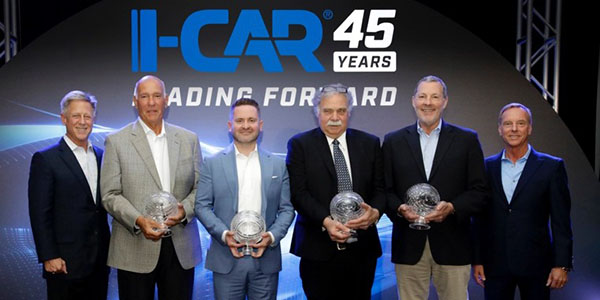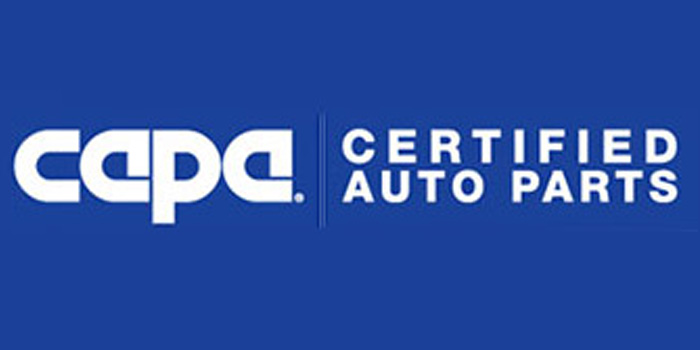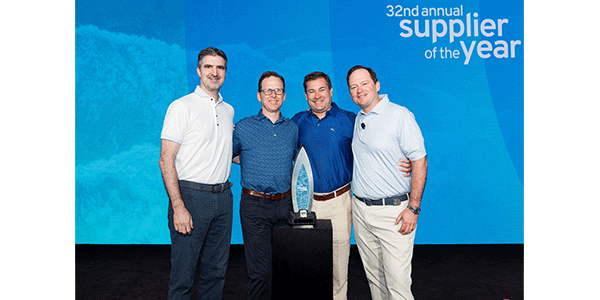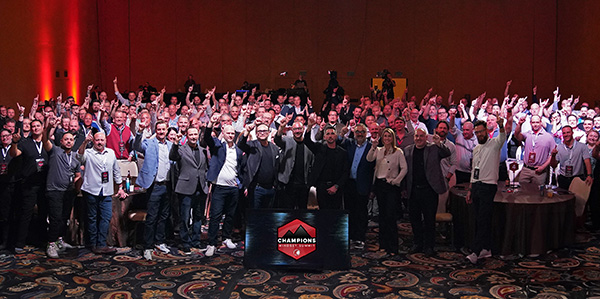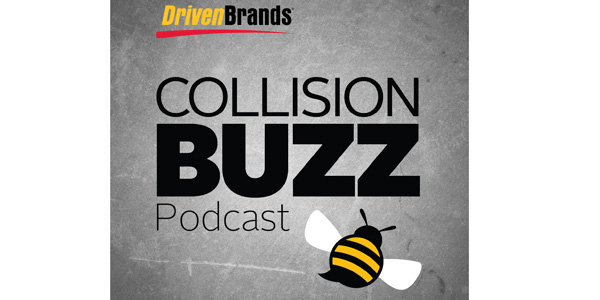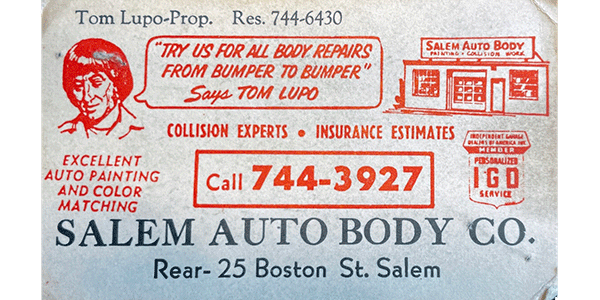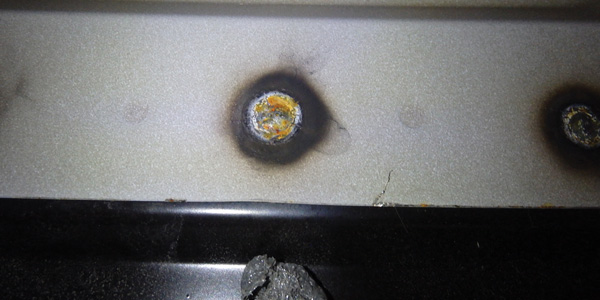
What is significant? Who determines what is significant to a vehicle repair? The customer? The shop or technician? The insurance company? The definition of significant is: “sufficiently great or important to be worthy of attention.”
In the ever-changing world of the automotive industry, especially collision repair, the significance of a part or procedure is not up to us to decide. We’ve all seen it or talked about it. There are so many parts on a vehicle. When it’s time to reassemble it and put everything together, there are sometimes some extra screws or fasteners left over. It happens. Drawers in toolboxes all across America are filled with them. What do we do now?
When you look at the collision industry, you notice that the majority of the labor force is comprised of technicians who have been working on cars for years. With vehicle changes happening so fast, the significance of procedure or part changes could be missed. One of the most dangerous statements we make in our industry is, “We’ve always done it that way.”
Not every part or procedure is life-threatening, but even the most insignificant thing can damage your reputation. Vehicle owners notice the small things we think are no big deal. The best example is the cleanliness of the vehicle upon return. If the car is dirty, they don’t care how good the body work is. They see a shop that did not care enough to clean their vehicle. The issue we face is that it takes seconds to make a first impression, and a lifetime to change it.
Major Issues
We all know welding is critical. Let’s say your technicians have taken their I-CAR tests, and they have a new welder with 220/240 voltage or even pulse welding capabilities for MIG brazing and aluminum. The test welds come out good, and the welds on the vehicle are awesome. The tech did a stellar job, and everything looks great. He dresses the welds and sends the vehicle off to paint. What happened to the back of the welds? Who’s responsible for making sure the backsides of the welds are scuffed and primed? How many times have you looked at a vehicle and seen weld marks from a previous repair? You can see the corrosion starting. Is not finishing the backside of welds a big deal? Consider this:
- Customers may see these unfinished welds and think negatively about your work.
- In many cases, welds are structural. How long are they supposed to last?
- The corrosion can cause returns or warranty issues.
- This isn’t a life-and-death situation, but that could change if corrosion is left unchecked. The significance of non-structural issues can cost you money and/or your reputation. So ask yourself, how insignificant is not finishing the backside of the weld?
Weld Bonding
What about the shop or technician’s decision to not weld bond even though the procedure was used in building the car at the factory? The corrosion protection and the other benefits of using weld bonding are outweighed by someone not wanting to take the time to do it. Yes, I know that many automakers offer an option outside of weld bonding, but this is because many shops still do not have squeeze-type resistance spot welding (STRSW) equipment to do weld bonding. I don’t know how to help those shops or owners with that issue; all I can do is encourage them to purchase the needed equipment.
Having the right equipment will be a big point of contention when working on new Hondas, as it will be necessary for the safe and proper repairs of new Honda steel outer and inner structures. Seek out I-CAR courses for the equipment and training. The new hands-on courses on STRSW and MIG brazing are great resources. At a minimum, read the I-CAR Advantage articles on these issues.
Adhesive Bonding
I realize that shops are doing everything the best they can and all they can to do all repairs in a correct, cost-effective and timely manner. This is not easy. New procedures are being developed all the time to help shops. When choosing to do these procedures, make sure to follow all the directions and only use the procedures that vehicle manufacturers have approved.
Adhesive bonding is a fantastic procedure to use when done correctly. With weld bonding, adhesive is used with welds. With rivet bonding, adhesive is used with rivets. Only use adhesive-only bonding where the vehicle manufacturer has approved the process. Recent events in the news, for example the John Eagle case, have brought the importance of that to light to all of us in the repair industry.
Weld Sealing
The new weld sealing process is similar to weld bonding with adhesive, the difference being that approved seam sealers are used in the weld process. A word of caution, however: This procedure should never be done in place of adhesives required or recommended by the vehicle maker for weld bonding. Weld sealing is a corrosion prevention process; it is not designed to change the structural integrity of the vehicle. I cannot emphasize enough to managers to check the materials being used and where they’re being used.
Minor Issues
How important is it to know about one-time fasteners? You know, bolts and screws and maybe some plastic pieces. How significant can they be? When you order airbag components, do you ever notice they come with new bolts? The importance of knowing that the bolts are one-time use and torqued to specification is fairly obvious when they’re for airbags.
We’ve stressed the importance of airbag components for years. What about clips on interior A-pillar moldings – those top clips that have the strap that allow for the side-impact airbag to deploy but not push the molding into the face of the occupant, preventing serious injuries. Now you see the significance of replacing those clips. The same argument can be used on interior door panels. Those different color clips represent different shear strengths to hold panels in side-impact crashes. Their location is significant, and the vehicle has been crash tested to prove that this is effective.
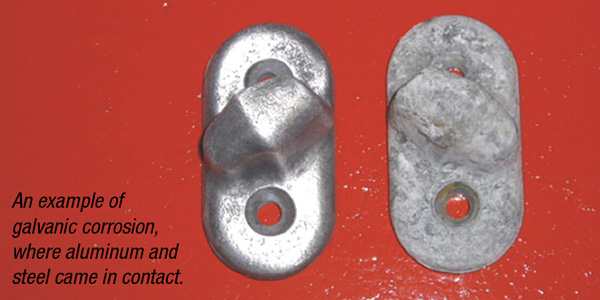
Using the wrong bolts or screws can also cause some problems, such as galvanic corrosion from dissimilar metals. Nobody wants a car to return with corrosion that could have easily been prevented. This also applies to those “insignificant” plastic washers that get lost and never replaced. Even slight corrosion can become a big problem or expense later to a shop, not to mention cost you a customer or damage a reputation. As consumers keep their vehicles longer and vehicle manufacturers build vehicles to last longer, we have to be sure as an industry to make the repairs last.
Rattles, Pops and Hisses
Forgotten screws can cause a rattle after the repairs are completed that could drive an owner nuts. How many times have customers returned for noises, hisses and whistles? All these may be insignificant to the shop, but the vehicle owner may think otherwise. The significance of a good test drive after repairs are complete should never be taken for granted. Finding noises and problems before returning the vehicle back to the customer is just smart.
These same issues can also be causes of wind and water leaks. Water leaks can be devastating to electronics. A simple mistake of not replacing a damaged or missing plug may allow water to seep in the vehicle. Many times, wiring harness replacement is recommended, even though that is an expense most would want to avoid at all costs. A simple misplacement of a gasket or a tear in a seal can be a nightmare for any repair facility.
Recalibrations
Many vehicles require recalibrations after repairs. These are procedures that aim sensors for features such as blind-spot detection. Not recalibrating could create a very unhappy customer or even compromise safety. We’ve all seen the articles and news reports on the ramifications of improper inputs to these systems. Looking up and being sure all electronics and recalibrations are complete is a significant part of the repair of any vehicle. We take for granted that if a problem is present, the dashlight will let us know about it. We also are assuming a pre-scan or post-scan will catch any issues. Recalibration issues do not set codes.
Paying Attention to Detail
Quality control is talked about extensively in our industry. Paying attention to detail may be what we’re talking about in these conversations. The problem for many is that if we don’t understand the significance of each part or procedure, we could overlook that detail. Our industry is won one customer at a time. Even one customer can affect future business. In today’s age of social media, reputations that took a lifetime to develop can be crushed in minutes.
Summary
Engineers designed and tested each part of a vehicle for significance and value. If you were making a million cars and could leave a part or material off the process that would save maybe a dime per vehicle, multiply that dime times a million and you see the savings. The point is that vehicle manufacturers establish the significance of each part and process recommended. We are not engineers and are not privy to their testing or reasoning. We may not agree with the automakers, but that is not our job. Required or recommended procedures is still the rule to follow. Never take for granted the significance of any part or procedure. Pay attention to detail and sleep better at night.



